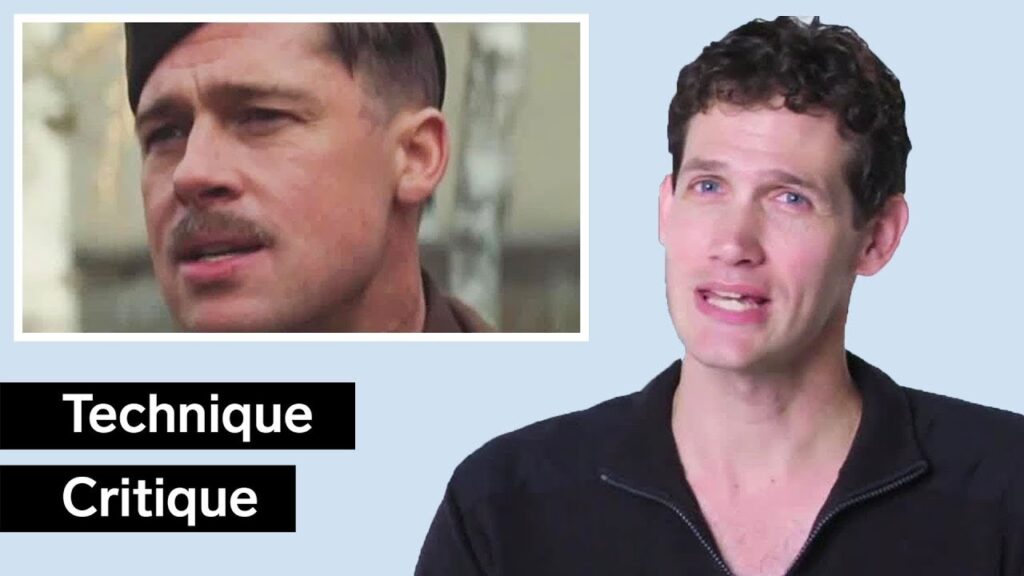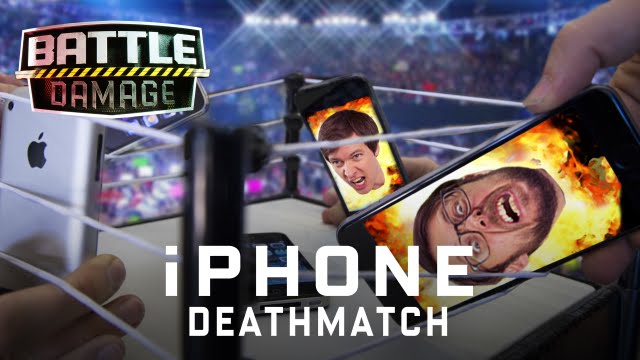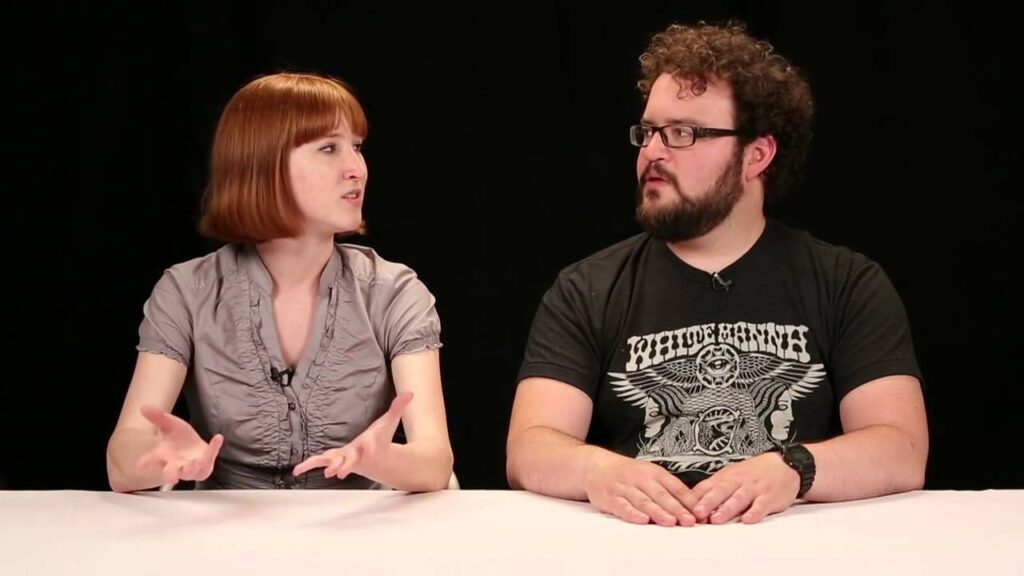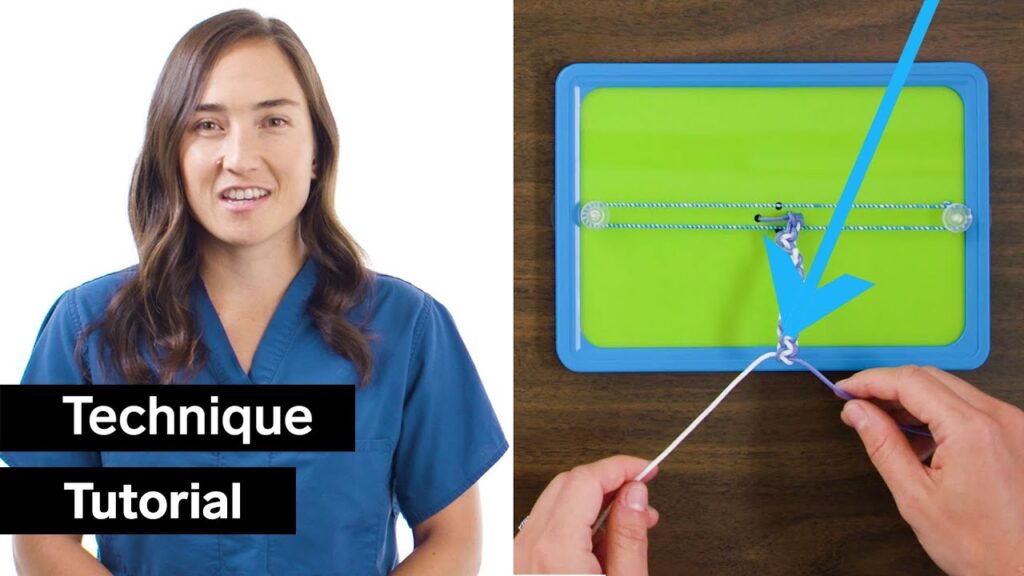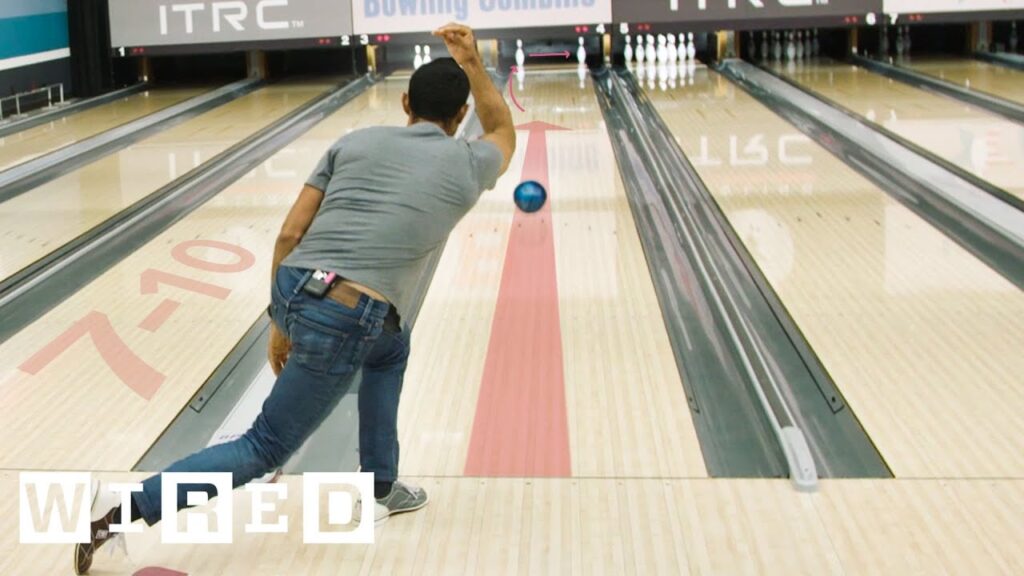Expert Tattoo Artist Shares Valuable Knowledge on Tattooing
Summary
In this Q&A transcript, a professional tattoo artist, Bang Bang, answers several tattoo-related questions, providing in-depth knowledge about tattooing. He advises on the importance of having a healthy skin before getting tattoos, recommends techniques for practicing tattooing, shares tips on shading and aftercare, and even shows how he uses Photoshop to create clients’ mockups designs.
Table of Contents
- Importance of Healthy Skin Before Tattoos
- Techniques for Practicing Tattooing
- Tips on Shading and Aftercare
- Creating Mockup Designs Using Photoshop
- Pain Level and Color Techniques
- Learning How to Tattoo
- Importance of Skin Tone on Tattooing
- Tattoo Preferences of the Speaker
Introduction
Tattoos are becoming more popular today, and people from all walks of life are embracing the tattoo culture. However, getting a tattoo is an important decision that should not be undertaken lightly. You have to keep in mind that a tattoo is a permanent feature and requires proper care and attention. In this article, we’ll explore some of the tattoo-related questions that Bang Bang, a professional tattoo artist, answered on Twitter.
Importance of Healthy Skin Before Tattoos
According to Bang Bang, it’s essential to have blemish-free skin before getting a tattoo as it can affect the healing process and may cause the ink to be pushed out. He recommends that you see a dermatologist to treat any skin issues before getting a tattoo. A clean and healthy skin will help facilitate the healing process and give you a better-looking tattoo.
Techniques for Practicing Tattooing
Bang Bang recommends using artificial body parts or fake skin to practice tattooing to get the hang of the weight of the tattoo machine, drawing with something vibrating, and maintaining consistent depth. This will help you get a feel of how to use the machine and develop the essential skills you’ll need for tattooing, such as line work and shading.
Tips on Shading and Aftercare
When asked about tattoo shading, Bang Bang explains that it involves utilizing different shades of ink and different needle densities and sizes to create a particular effect. He demonstrated how he uses sweeping motions and consistent pressure to create one tone of pigment over a large area. For aftercare, Bang Bang suggests keeping the tattoo clean and dry, and avoiding scratching or picking the scab. He also advises against using glob-like or heavy ointments and only applying a thin layer of protective lotion over the tattoo.
Creating Mockup Designs Using Photoshop
Bang Bang also shows how he uses Photoshop to create mockups for clients to visualize and approve their tattoo designs before he starts tattooing. He emphasizes the importance of carefully creating and finalizing a tattoo design since it will be permanent.
Pain Level and Color Techniques
Bang Bang talks a little bit about the pain level of getting a tattoo and how it depends on different colors and techniques used. However, he stresses that the pain is manageable, and people should not be deterred from getting a tattoo based on it. He also explains how darker colors like red, blue, and green work better on darker skin tones.
Learning How to Tattoo
When asked about learning how to tattoo, Bang Bang explains that there is no standard format for learning tattooing, and most aspiring artists usually find an experienced tattoo artist to mentor them through an apprenticeship. The artist will also refuse to do a tattoo if it’s not up to his or her standards.
Importance of Skin Tone on Tattooing
Bang Bang also discussed the importance of using the right ink color for tattooing on different skin tones. For instance, darker colors like red, blue, and green are more visible on darker skin tones. He also clarifies a misunderstanding about a question regarding ethnicity in a photo.
Tattoo Preferences of the Speaker
Lastly, the speaker shares their own tattoo preferences, including several tattoos featuring the Statue of Liberty and Empire State Building on their hand, representing their time working and owning a tattoo shop in New York. They encourage listeners to get great tattoos while bearing the difficulties, explaining that the process of tattooing can be stressful, especially when drawing perfect circles.
Conclusion
Getting tattooed is an intricate process that requires much attention and care. This article has shown how Bang Bang, a professional tattoo artist, shared several valuable tips and advice on tattooing. From preparing the skin to aftercare, color techniques to mockup designs, aspiring tattoo artists and clients alike can find something they can learn from this Q&A. Remember, tattoos are about self-expression, and it’s essential to find a tattoo artist who respects your needs and preferences.


